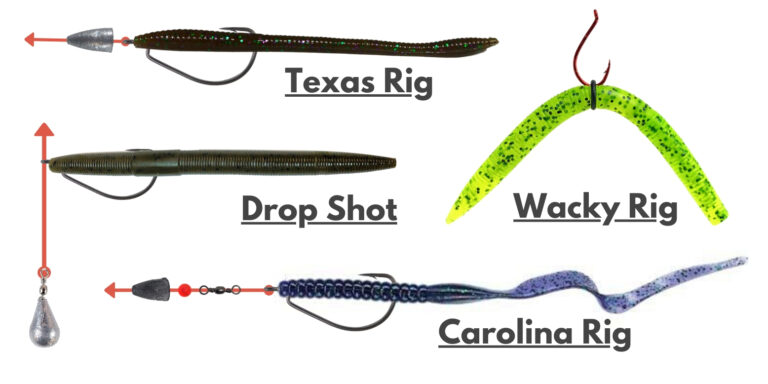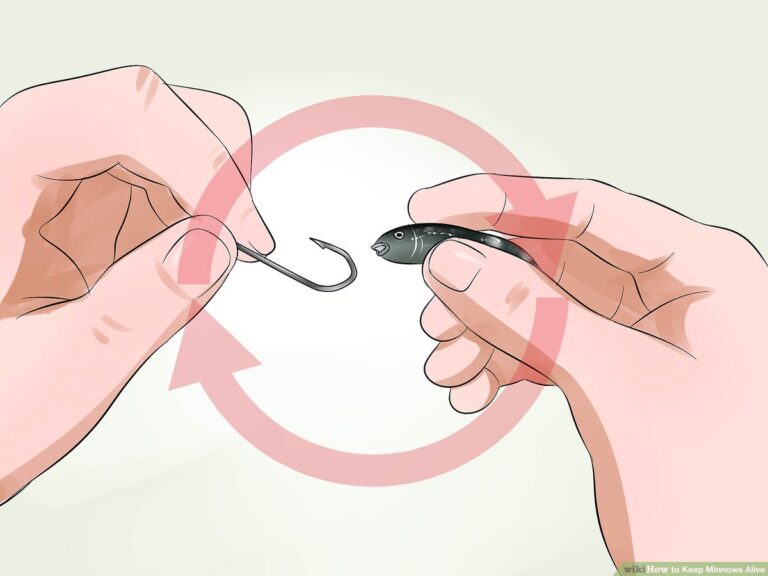What Does It Mean When a Pond Turns Over

When a pond turns over, it means that the stagnant water in the pond mixes and stratifies due to changing temperatures brought on by the progression of seasons. As the surface water cools in the fall, it equalizes in temperature with the deeper layers of the pond, causing the mixing of gases and releasing sulfur and methane into the atmosphere.
This often results in strong, septic odors emitting from urban ponds during mid to late fall, particularly on calm days. To prevent turnover and maintain the health of the pond, consider adding aeration to keep the water column regularly mixing and maintain sufficient dissolved oxygen levels for fish survival.

Credit: magnoliafisheries.com
What Does Pond Turnover Mean?
Pond turnover refers to the mixing of stagnant pond waters, typically occurring during the transition from warm to cooler temperatures. This natural process results in the redistribution of oxygen and nutrients throughout the water column, impacting the aquatic ecosystem. Causes of pond turnover include temperature differentials between surface and deeper waters, leading to a disturbance in the layers and the subsequent mixing. Adding aeration to the pond can help mitigate the effects of turnover by ensuring regular water column mixing and maintaining dissolved oxygen levels. Fish survival during turnover is reliant on adequate dissolved oxygen levels, as low oxygen concentrations and toxic gases can lead to algal bloom die-offs or fish kills. Recognizing the odor of sulfur and methane gases during mid to late fall is a common indicator of pond turnover.
Signs And Effects Of Pond Turnover
When a pond turns over, it can have several signs and effects on its ecosystem. One way to identify if a pond has turned over is by the presence of a strong odor. During turnover, the pond releases mass quantities of sulfur and methane gases into the atmosphere, resulting in a septic odor. This odor is most noticeable on calm days.
In addition to the odor, turnover can have impacts on the fish and aquatic life in the pond. Fish need dissolved oxygen to survive, and during turnover, there can be a decrease in oxygen levels. This can result in a fish kill or an algal bloom die-off.
To prevent turnover, adding aeration to the pond can be beneficial. Aeration helps to add atmospheric oxygen and keeps the water column regularly mixed, preventing differences in dissolved oxygen levels. Regular maintenance and monitoring of the pond’s water quality are also important.
Preventing Pond Turnover
When a pond turns over, it means that the stagnant waters in the pond mix together. This process often occurs during the first cool days or nights of early fall. It is caused by changing temperatures in surface waters brought on by the progression of the seasons. Cooler weather is an indication that a pond will soon turn over. As this happens, it releases mass quantities of sulfur and methane gases into the atmosphere, resulting in strong, septic odors. Adding aeration to the pond can help prevent turnover by adding atmospheric oxygen and keeping the water column regularly mixing, reducing differences between the dissolved oxygen layers. This is important because fish need dissolved oxygen to survive, and turnover can cause low oxygen levels or algal bloom die-offs, which are toxic to fish. By managing the dissolved oxygen levels and adding aeration to the pond, you can effectively prevent pond turnover and ensure a healthy pond ecosystem.
Understanding Spring Pond Turnover
Pond turnover is a natural process caused by changing temperatures in surface waters, releasing mass quantities of sulfur and methane gases. This happens during cooler weather, resulting in strong, septic odors in urban ponds. Adding aeration to the pond can mitigate this process by adding atmospheric oxygen and keeping the water column regularly mixing. Fish need dissolved oxygen to live, and turnover can lead to algal bloom die-offs or fish kills due to low dissolved oxygen. Understanding the impact of heavy rain events, such as spring thunderstorms, is crucial as they introduce large amounts of water to a pond, causing varying zones of dissolved oxygen.
What To Expect When A Pond Turns Over
When a pond turns over, it refers to the mixing of stagnant waters in the pond. This process typically occurs during the first cool days or nights of early fall. The water in the pond, which has been sitting in the basin throughout the hot summer months, tends to stratify. The reversal of water temperature causes the different layers of water to mix, leading to a turnover in the pond.
The effects of pond turnover on the aquatic ecosystem can be significant. It can release mass quantities of sulfur and methane gases into the atmosphere, resulting in strong and septic odors, especially in urban ponds. Additionally, the process can cause an algal bloom die-off and a fish kill due to low dissolved oxygen and toxic gases in the water. To prevent turnover, adding aeration to the pond can help maintain oxygen levels and prevent differences between dissolved oxygen layers.

Credit: www.mossyoak.com

Credit: magnoliafisheries.com
Frequently Asked Questions For What Does It Mean When A Pond Turns Over
What Causes A Pond To Turnover?
Pond turnover is caused by changing temperatures in the surface waters of the pond, brought on by the progression of seasons. It is a natural mixing process of pond and lake waters. Cooler weather indicates that a pond will soon turn over.
This release of gases can create strong odors. Adding aeration to the pond can help prevent turnover by keeping the water column oxygenated and well-mixed. Fish may be affected by turnover due to low dissolved oxygen or toxic gases.
How Do You Know When A Pond Turns Over?
Ponds typically turn over in the fall when the cooler weather triggers mixing. This process releases sulfur and methane gases, resulting in strong odors. Aeration can prevent this by maintaining a consistent water column. Fish may suffer from low oxygen levels and toxic gases during turnover, leading to algal blooms and fish deaths.
How Do You Keep A Pond From Turning Over?
To prevent a pond from turning over, consider adding aeration to the water. This will keep the water column mixed and maintain consistent oxygen levels. Aeration also helps to prevent the formation of distinct layers of dissolved oxygen in the water.
Can Fish Survive A Pond Turnover?
Fish may not survive a pond turnover due to a decrease in dissolved oxygen and the presence of toxic gases. The mixing of stagnant and cool water during turnover can lead to an algal bloom die-off and low oxygen levels, causing a fish kill.
Conclusion
Understanding the phenomenon of pond turnover is crucial for maintaining a healthy aquatic ecosystem. By being aware of the factors leading to turnover and its potential implications, pond owners can take proactive steps to prevent adverse effects such as fish kills and water quality issues.
Proper aeration and monitoring the water conditions are essential in managing pond turnover and supporting the overall well-being of the aquatic environment.





